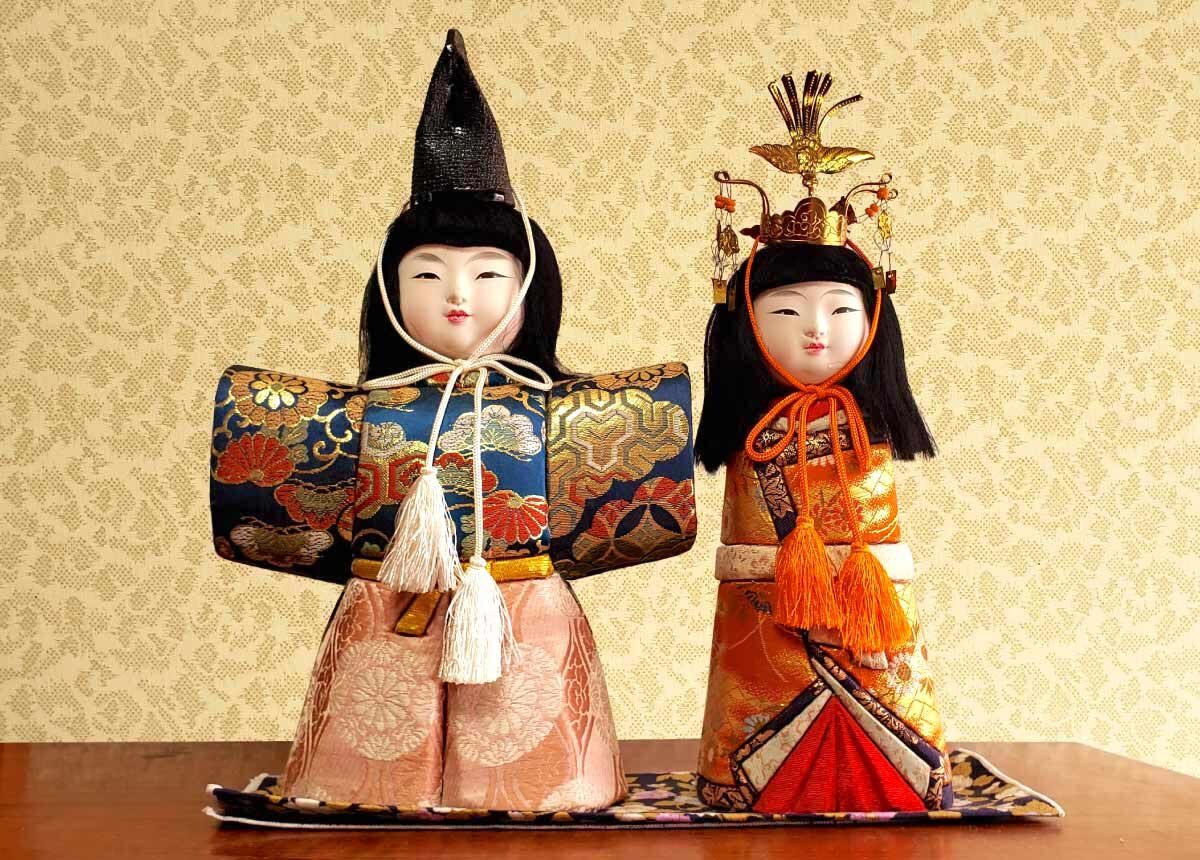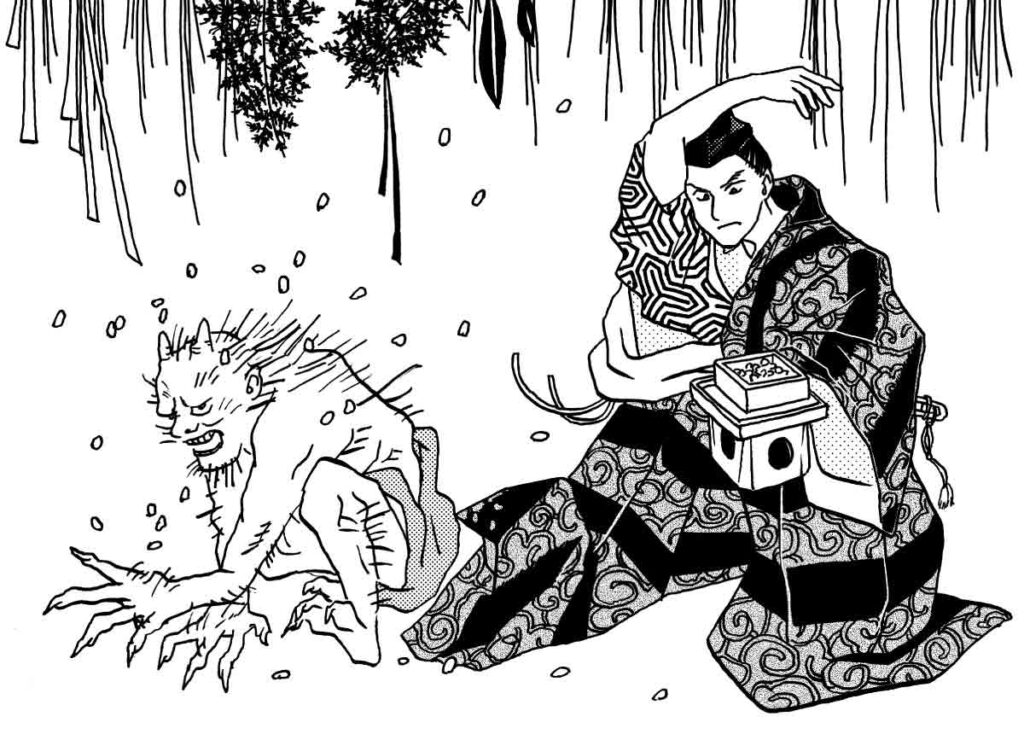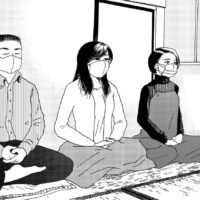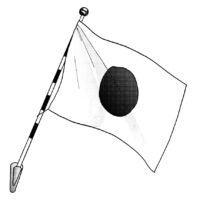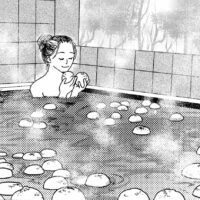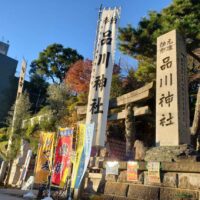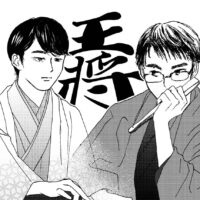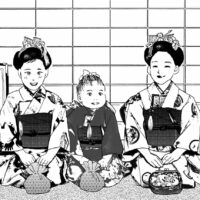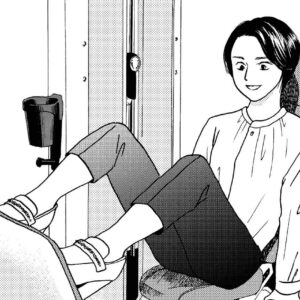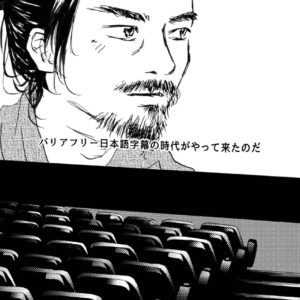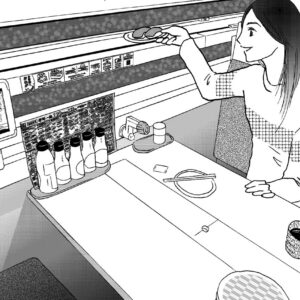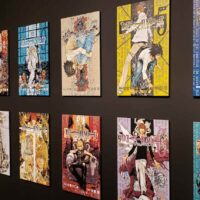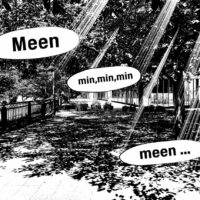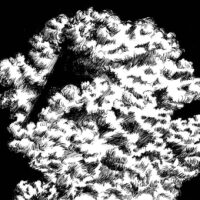March 3 is the day of “Hinamatsuri” in Japan, when people pray for the healthy growth of girls. They decorate their houses with dolls called Hina-ningyo.
Hina-ningyo are a pair of male and female wedding dolls. The male and female represent the emperor and empress. These dolls contain the parents’ wish for their children to have a happy marriage like the emperor and empress.
The dolls, which resemble a wedding ceremony, are displayed on a staircase consisting of seven steps.
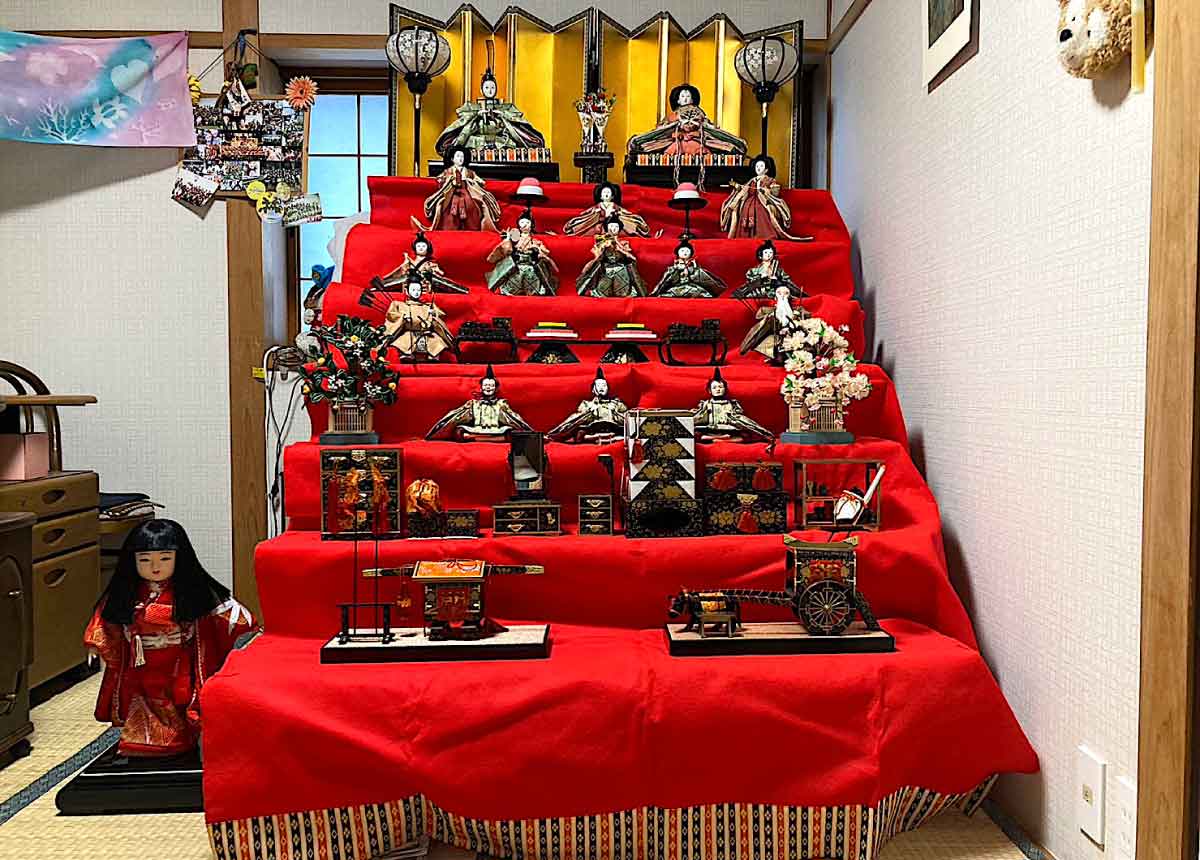
1st step: Emperor and Empress
2nd step: Three female attendants taking care of the Empress
3rd step: Five musicians playing instruments at a wedding
4th step: Two guards (The Empress’s guard are old men. It represents the consideration of not having a young man near the Empress.)
5th step: Three male attendants (each with an angry, crying, and laughing expression, in the hope that their daughters will grow up to be expressive)
6th step: Tools for the Empress to make her life easier after marriage, such as a chest of drawers, tableware, and cosmetic tools
7th step: Vehicles for noble people (palanquin and oxcart)
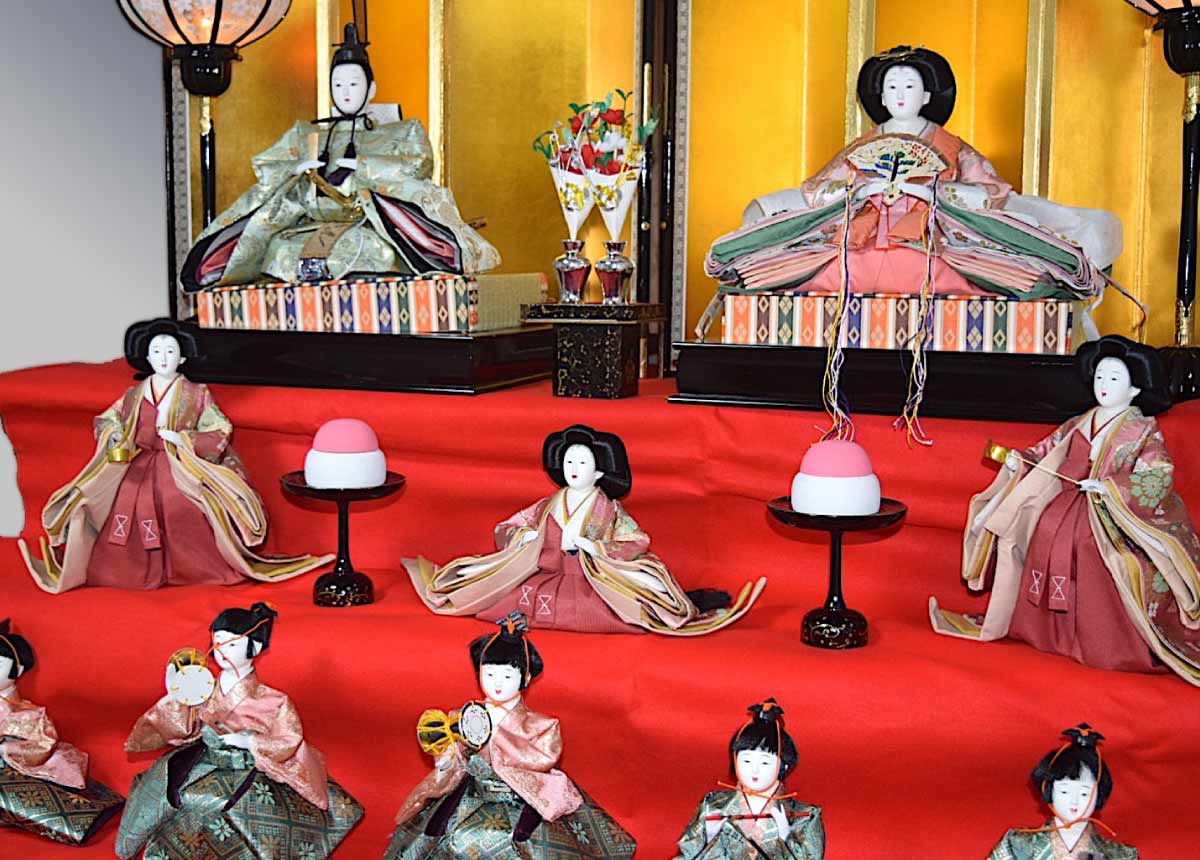
The gods and spirits come down on the dolls and take the place of the family’s daughter(s) and take care of any illness, misfortune, or impurity that might happen to her.
The dolls should be displayed after the Setsubun Festival on February 3, kept on display throughout February, and put away as soon as possible after the Hinamatsuri on March 3. We believe that if we keep the dolls on display forever after the event is over, it will delay our daughters’ marriages. Or it can also be bride training, as a daughter with a good heart who performs annual events properly and cleans up after herself quickly will make a good bride.
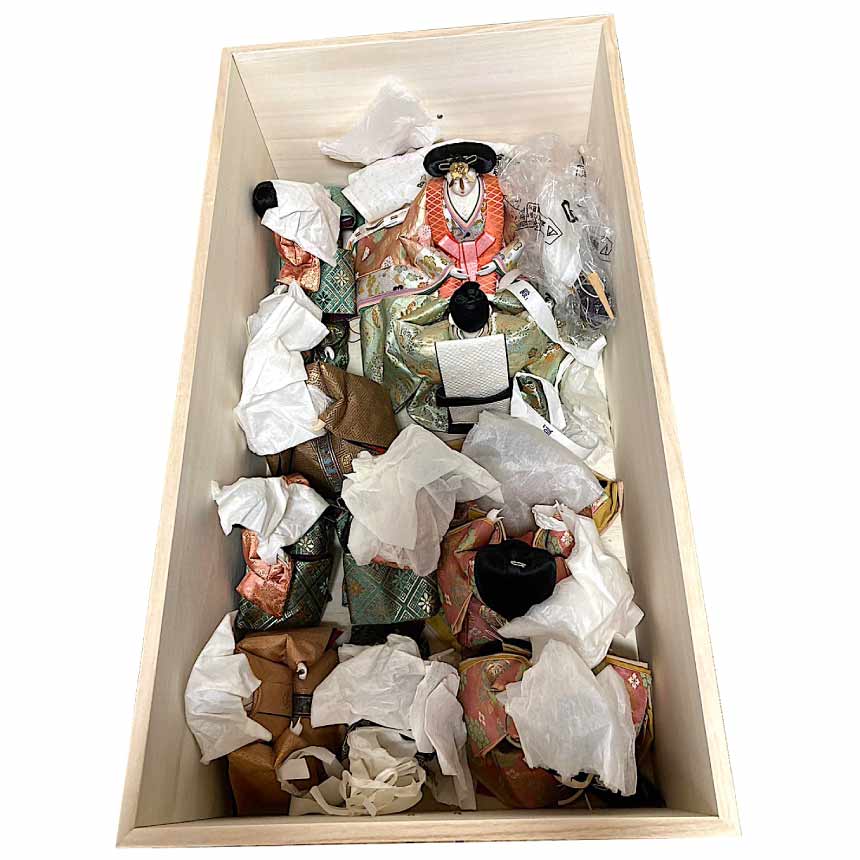
By the way, there is also a proper day to celebrate the growth of boys. It is the Dragon Boat Festival on May 5.



